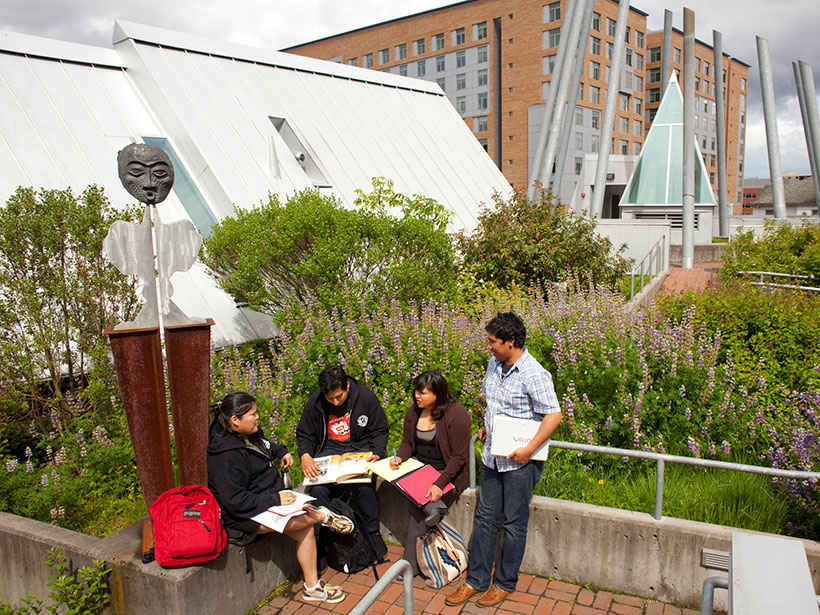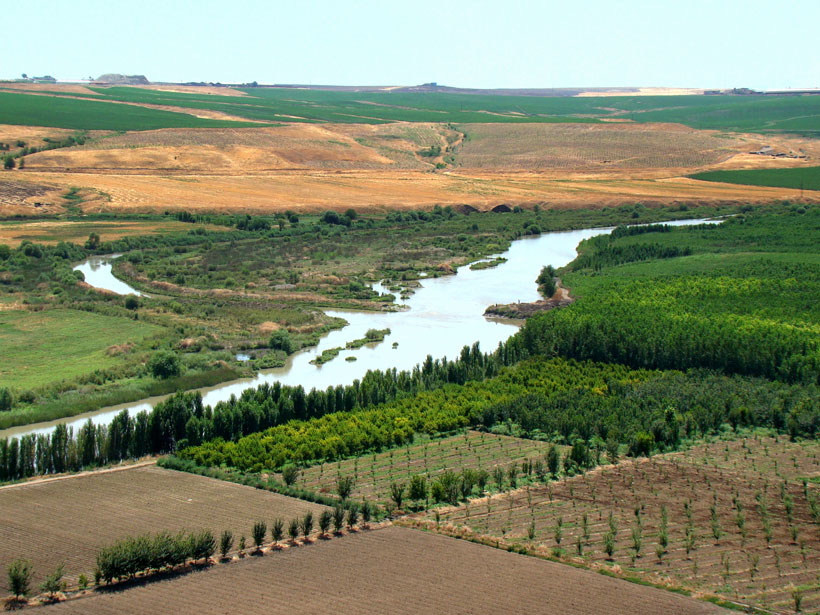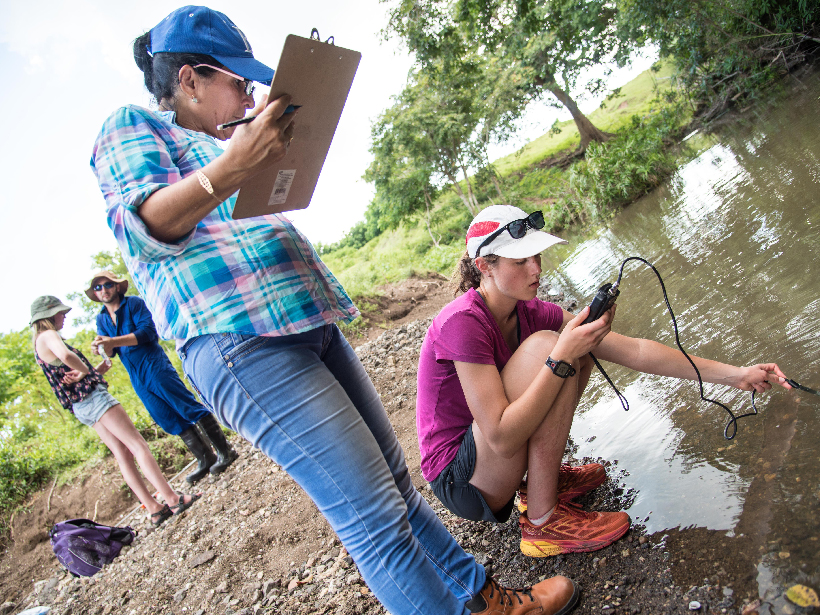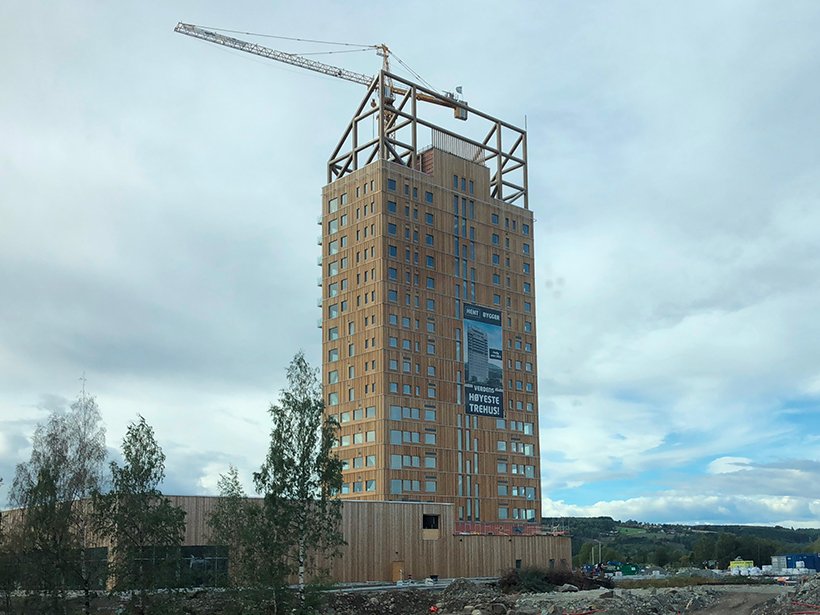Following the culmination of an ambitious Earth science education initiative, scientists and educators met to prioritize ways in which education about Earth can foster sustainable societies.
sustainable development
Urban Land Could Increase Sixfold by 2100
Experts agree that as urbanization continues through the 21st century, cities need to focus on sustainable development to meet climate goals.
Education May Increase Emissions but Mitigate Human Cost of Climate Change
Increasing education in the developing world could lead to a modest increase in carbon emissions due to economic growth, but education could also reduce the negative impact of climate change on vulnerable populations.
Shaping Water Management with Planetary Boundaries
A new study uses the planetary boundaries concept to formulate an approach to water management that considers both global and local limits to water cycle modifications.
Sustainable Agriculture Reflected in Cuba’s Water Quality
Water samples from 25 rivers in central Cuba are dominated by signs of rock weathering rather than fertilizer runoff, researchers working at Cuban and American institutions show.
Wooden Buildings Could House the Carbon of the 21st Century
To keep carbon out of the atmosphere, researchers argue that we need to return to one of the world’s oldest building materials: wood.
The World in 2050 Pursues Paths to a Sustainable Future
This initiative aims to provide fact-based knowledge to help implement and achieve the United Nations’ Sustainable Development Goals.
Integrating Input to Forge Ahead in Geothermal Research
A road map for a major geothermal energy development initiative determines proposed priorities and goals by integrating input from stakeholders, data, and technological assessments.
Ocean Science Decade Calls Attention to a Wave of Concerns
The United Nations Decade of Ocean Science for Sustainable Development is a wake-up call and a motivation to manage the ocean sustainably.
Mountain Ecosystems and Communities Face Challenges Worldwide
An unprecedented global assessment examines climate, economic, and governance threats to mountain systems and the benefits they provide, suggesting pathways toward sustainability.










